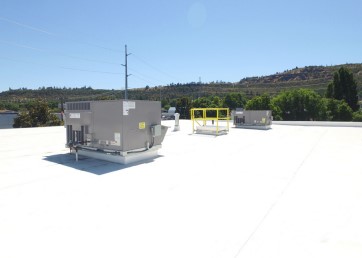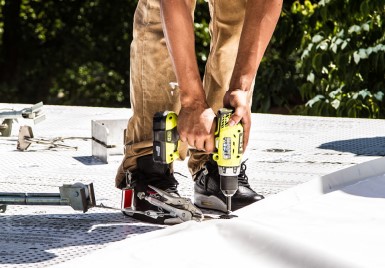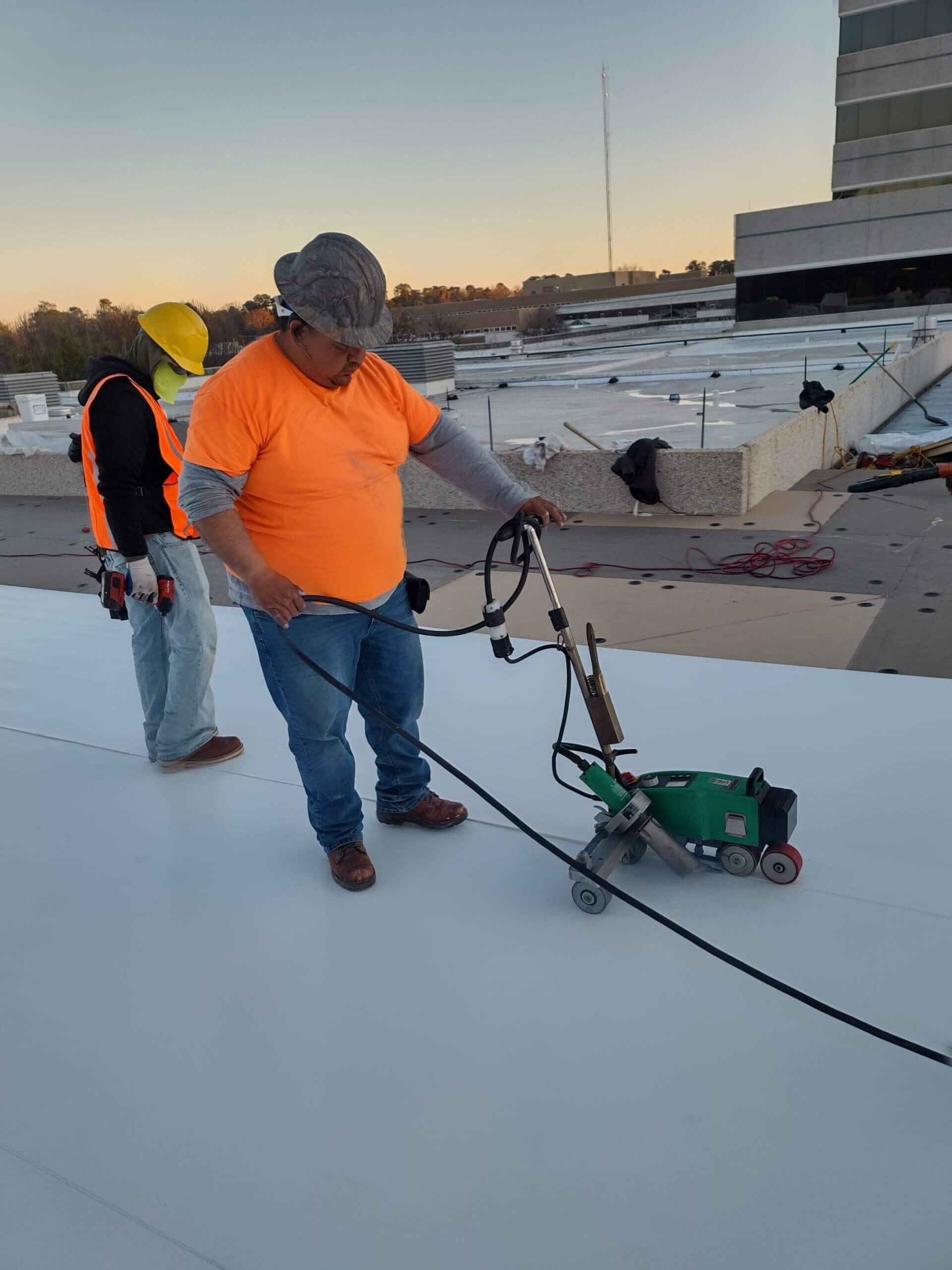Commercial Roofing Glossary

Reynolds Construction Company has been serving the building industry for many years. Our team of roofing experts can provide you with the best possible roofing system and service. We have installed PVC roofing systems for a wide range of commercial buildings such as shopping malls, schools, churches, and private businesses. If you own a commercial building, you will want to become familiar with commercial roofing. That is why we have put together a commercial roofing glossary for you.
Contact UsWhy Choose Reynolds Construction Company’s Roofing Specialists?
Here at Reynolds Construction Company, our professional team provides you with the best construction & commercial roofing services. Our team of experts can help you install and maintain your roof. We have installed roofing systems for many commercial buildings such as schools, shopping malls, churches, and private businesses. We offer you great service at affordable prices. Try it out for yourself today! Feel free to contact us for more information.
Government agencies can also make use of purchasing cooperatives to obtain more competitive rates and in addition, these agencies may be required to abide by bidding thresholds. In many states, organizations such as schools can enter into purchasing cooperatives, allowing them to enjoy the same procurement benefits as government agencies.




